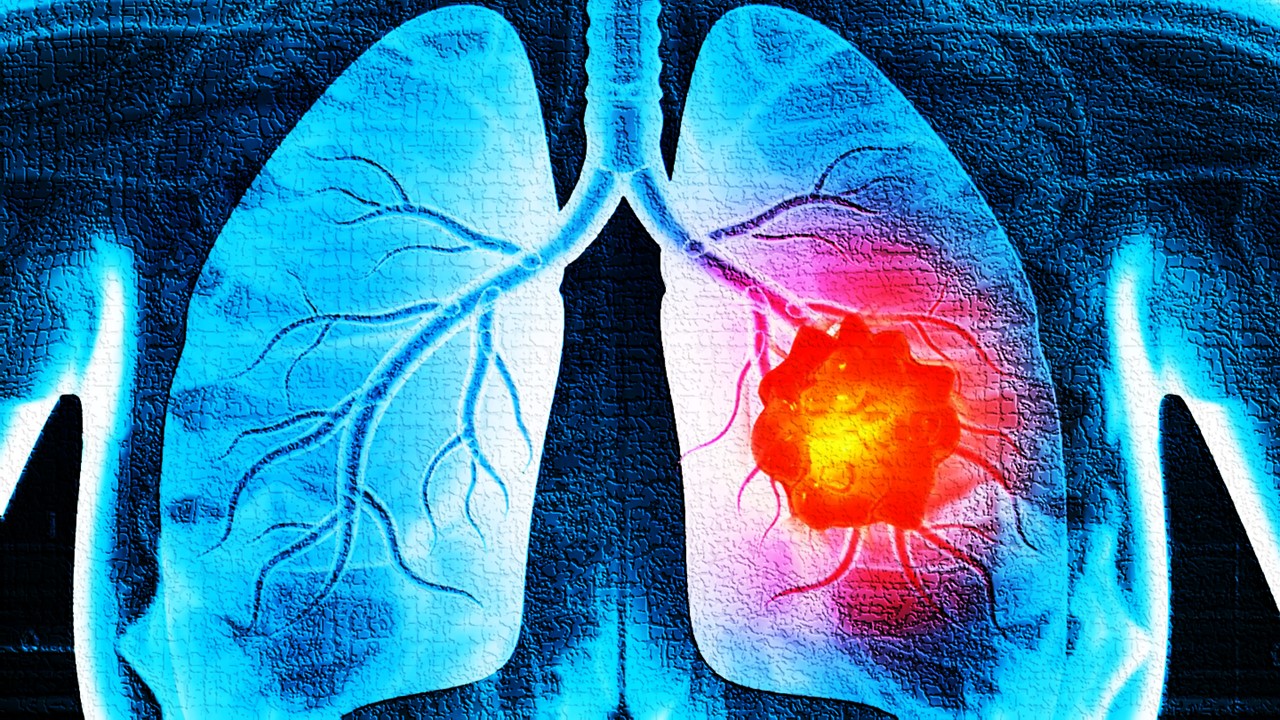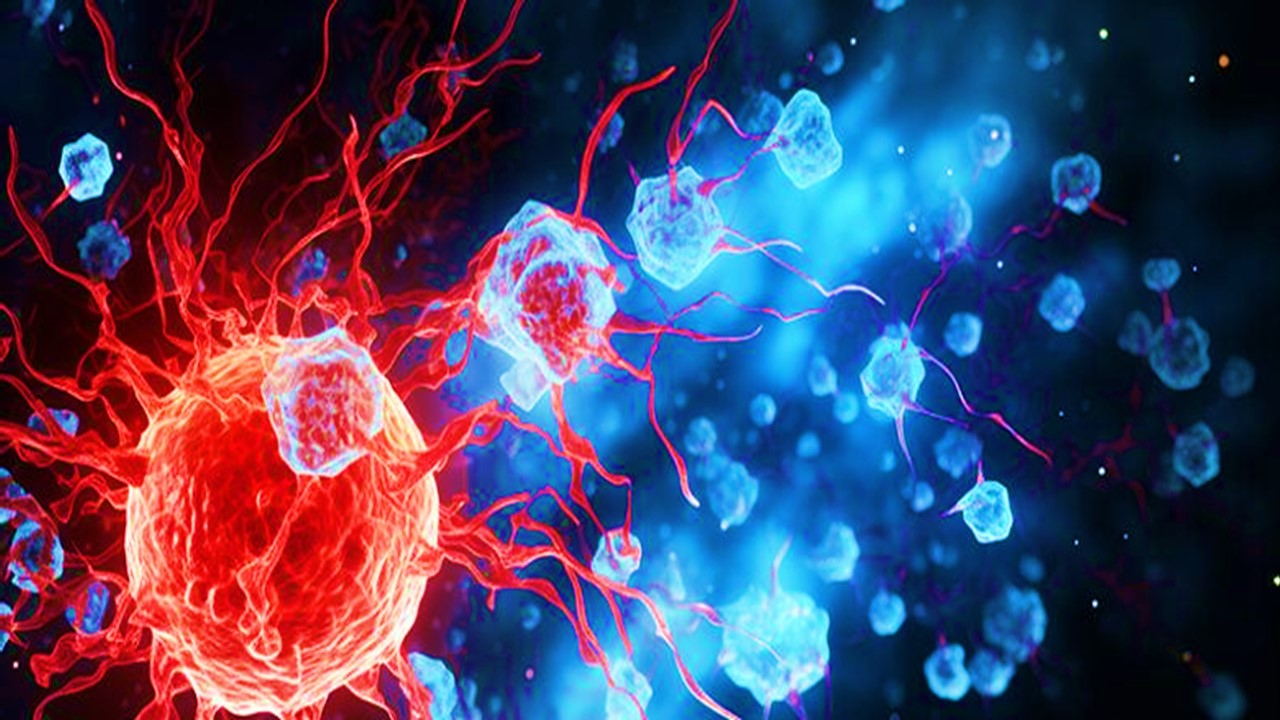TransCure bioServices has developed a new method of studying acute myeloid leukemia (AML) through the use of cell line-derived xenograft (CDX) mouse models. This development has revolutionized preclinical studies of cancer therapies by enabling deeper insights into the efficacy and toxicity of AML therapies. These models are providing hope to the thousands of patients who receive an AML diagnosis each year by facilitating the development of better treatments.
Understanding AML
AML is a form of leukemia that is distinguished by mutations in the hematopoiesis-related genes. Dysfunctional erythropoiesis and bone marrow insufficiency are caused by these mutations, which induce a clonal increase of undifferentiated myeloid progenitors (blasts) in the peripheral blood and bone marrow. Ongoing study has also shown that it might result from a number of recurring genetic changes in hematopoietic stem cells that accumulate over time.
AML can develop from nothing in a previously healthy person, however there are some risk factors, including as radiation exposure, chemotherapeutic drug use, and smoking. It can also develop from aplastic anemia, paroxysmal nocturnal hemoglobinuria, myelodysplastic syndrome, and myeloproliferative diseases (MPD), among other conditions. Genetic mutations that have familial causes should also be taken into account.
AML Classification
The categorization of AML depends significantly on the etiology, genetics, immunological phenotype, and appearance. Myelodysplastic syndrome is by far the most typical risk factor for AML. Myelofibrosis and aplastic anemia are two other hematological conditions that raise the risk of AML. The likelihood of developing AML, which often manifests in the early twenties, is also increased by a number of congenital conditions such Down syndrome and Bloom syndrome. Individuals are also at risk of AML from occupational contaminants such radiation, cigarette smoke, and benzene. Last but not least, prior exposure to chemotherapeutic drugs also increases the likelihood of developing AML.
Symptoms of AML
Patients who have bone marrow loss and inadequate erythropoiesis present with a range of symptoms, including opportunistic infections, anemia, frequent bruising, hemorrhaging, headaches, and bone discomfort. Depending on the level of severity of the anemia, people may feel chest tightness, widespread malaise, weariness, and breathlessness. Hepatomegaly, splenomegaly, pale complexion, and bruising can all be seen during a physical examination. Lymphadenopathy is uncommon. In patients with AML, diffused intravascular coagulation (DIC) is typical. Hepatosplenomegaly and lymphadenopathy are two prominent indicators of organ involvement. Leukemic cell migration can occasionally cause a severe allergic reaction.
Limitations of Mouse Models for AML
The blood is swiftly infiltrated by AML, which affects platelets, red blood cells, and both white and gray blood cells. AML originates in the bone marrow. AML therapeutics are often investigated in preclinical trials using conventional mouse models, however these models are unable to replicate human immunological responses to the illness, which is a key component influencing the condition. When treatments enter clinical trials, they lack human-relevant efficacy, which makes it difficult to track preclinical therapy effectiveness. Owing to the disease’s rapid progression and acute character, insufficient mice models find it difficult to accurately represent the progression of AML.
TransCure BioServices Solution
Using cell line-derived xenograft (CDX) mice models, TransCure BioServices has come up with a way to get around these restrictions. AML luciferase-expressing tumor cells can be injected to study the effectiveness and/or toxicity of AML treatments in vivo, such as targeted therapy, cytotoxic drugs, antibody, or cell therapies, the progression of the disease, but also to comprehend the functional characterization of AML pathogenesis.
Benefits of TransCure bioServices’ CDX Mouse Models
TransCure bioServices’ CDX mouse models offer several benefits that can significantly improve preclinical studies of AML therapies.
Improved Efficacy and Toxicity Analysis
Conventional mouse models can not replicate human immune responses, which limits the applicability of efficacy and toxicity studies to human patients. Nevertheless, CDX mice models from TransCure bioServices more closely mimic human immune responses and allow for a more precise assessment of therapeutic safety and effectiveness.
Increased Understanding of AML
AML’s nature, the course of the disease, and how medications affect it can all be better understood through the development of improved mice models that mimic human immune responses. The life expectancies of AML patients may significantly climb because of the highly effective medicines that can be created by researchers with the aid of this thorough exploration.
More Human-relevant Preclinical Studies
TransCure bioServices’ CDX mouse models allow for more human-relevant preclinical studies of AML. Researchers can evaluate different biological mechanisms and actions of various drugs or drug combinations in mice, including monitoring of tumor burden, analysis of tumor growth inhibition, drug toxicity, immune profiling, biomarkers expression, cytokines analysis, therapeutic efficacy, in vivo imaging bioluminescence, and tissue and cellular sampling.
Hope for AML Patients
Dr. Sébastien Tabruyn, General Manager and Chief Scientific Officer (CSO) of TransCure BioServices, believes that CDX mouse models offer a substantial advancement for those working to create new AML treatments. These models and other research strategies, such as flow cytometry and immunological profiling, can facilitate more preclinical investigations that are applicable to humans and help researchers create truly effective treatments for this aggressive cancer. The hundreds of people who receive an AML diagnosis each year have hope thanks to this breakthrough.
About TransCure bioServices
TransCure bioServices is a Contract Research Organization (CRO) that specializes in utilizing advanced technologies to conduct research with humanized mouse models. As a fee-for-service company, it offers a wide range of qualified services, from initial discussions to customized protocols, experiments, and comprehensive reporting across various disease models. TransCure bioServices operates with the highest standards of animal welfare, including Association for Assessment and Accreditation of Laboratory Animal Care International (AALAC) accreditation and the three R’s principles for responsible animal use: Replacement, Reduction, and Refinement.
Learn more by visiting transcurebioservices.com.
Subscribe
to get our
LATEST NEWS
Related Posts

Immunology & Oncology
The Silent Guardian: How GAS1 Shapes the Landscape of Metastatic Melanoma
GAS1’s discovery represents a beacon of hope in the fight against metastatic disease.

Immunology & Oncology
Resistance Mechanisms Unveiled: The Role of Glutathione S-Transferase in Cancer Therapy Failures
Understanding this dual role of GSTs as both protectors and accomplices to malignancies is central to tackling drug resistance.
Read More Articles
Myosin’s Molecular Toggle: How Dimerization of the Globular Tail Domain Controls the Motor Function of Myo5a
Myo5a exists in either an inhibited, triangulated rest or an extended, motile activation, each conformation dictated by the interplay between the GTD and its surroundings.
Designing Better Sugar Stoppers: Engineering Selective α-Glucosidase Inhibitors via Fragment-Based Dynamic Chemistry
One of the most pressing challenges in anti-diabetic therapy is reducing the unpleasant and often debilitating gastrointestinal side effects that accompany α-amylase inhibition.













